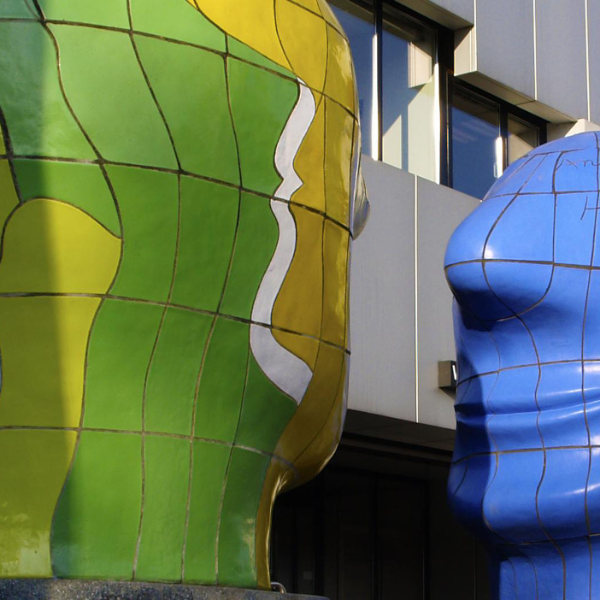Working on gas-free districts of the future

Working on gas-free districts of the future
The Dutch province of Gelderland wants to be energy-neutral by 2050. The provincial authority is collaborating with its partners in the Gelderland Energy Agreement on the ‘Districts of the Future’ programme. Forty residential districts are set to work on becoming more sustainable and going off the gas grid. To accelerate this process the province of Gelderland has commissioned a consortium of Balance & Result and Witteveen+Bos to offer guidance to the district teams and coordinate the process, together with knowledge partners Nyenrode Business University, GriDD effective information, HAN University of Applied Sciences and Wageningen University & Research (WUR).
Central role for district residents
Seven districts already started in early 2017. This number is set to grow to forty in the near future, and ultimately to all 1600 districts in the province of Gelderland. Districts set up teams in which all stakeholders are represented, such as residents, local businesses and institutions, housing corporations, the municipal authority and the grid operator. The district team is the central entity and will investigate what is needed to make the district more sustainable and to ultimately disconnect it from the gas grid. In this context it is important to find out what the technical and financial possibilities are.
Stakeholder support will be the decisive factor for the actual realisation. The municipal and provincial authorities will provide financial support to the district teams, and Balance & Result and Witteveen+Bos will help the district teams develop a roadmap.
Roadmap to gas-free living
The district will take a step-by-step approach to becoming sustainable and gasless. Initially the district team will chart how they can significantly reduce the power demand of the existing buildings. This concerns both rental properties and privately owned homes, as well as buildings of businesses and institutions. Secondly, the district team will determine, with support from the consortium, what the future energy supply might look like, for instance an all electric set-up or a heating grid. Thirdly, the district team will investigate clever funding options, so that everyone can participate.
The team will elaborate this roadmap and the feasibility for their district in close collaboration with residents and stakeholders. They will not only take account of energy measures, but also of other district issues that are of vital importance for residents. Think of adjustments to be made to anticipate climate change (flooding, heat stress, drought), or of things like play areas for children, green spaces or mobility requirements. The district will not just be disconnected from the gas grid, but will also become a more attractive living environment, in the short as well as the long term. The intention is to get district residents sufficiently excited about the plans to actually become involved themselves.
Achieving more together
The district teams are faced with a complex challenge, since there is hardly any experience in making districts gas-free or in using the new methods and funding arrangements required. The organisation of collaborative and collective decision-making processes is new as well. Therefore, to support the district teams, the consortium has formed a ‘community of practice’ (CoP) together with the province and the Gelderland Energy Agreement. This CoP is a ‘learning platform’ where the parties that are actively involved can share their knowledge and experience, and benefit from training and coaching. They will learn in practice, evaluate experiences, and improve their approach, so that they can make Gelderland gas-free with increasing competence.